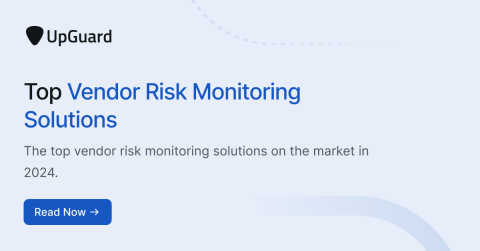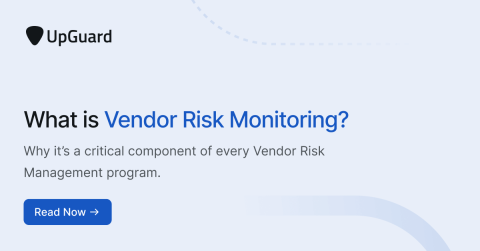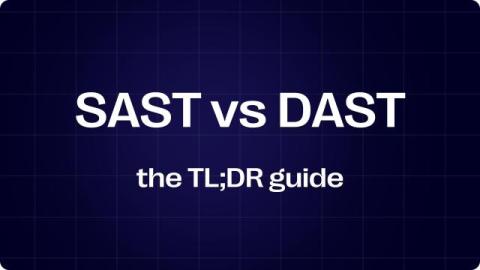Detecting And Managing Insider Threats
Mark Manglicmot, Senior Vice President of Security Services at Arctic Wolf, joins Ticker News to discuss why insider threats are so difficult to manage for cybersecurity professionals, and what can be done to mitigate them.











